What if I told you that one of the most important medical discoveries in history was made entirely by accident? It’s true.
In 1928, a Scottish scientist named Alexander Fleming made a chance discovery that would change the world of medicine forever. His discovery of penicillin, the world’s first antibiotic, has saved countless lives and revolutionized medicine.
In this blog, we explore the fascinating story of how a contaminated petri dish led to one of the greatest medical breakthroughs in history.
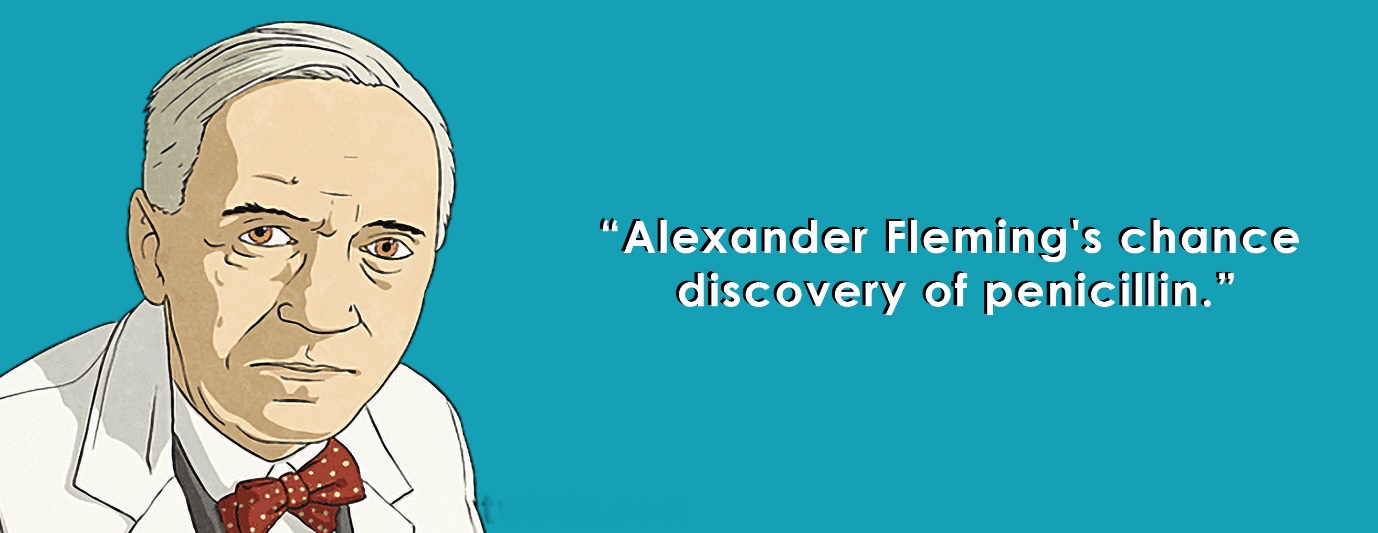
Accident with Alexander Fleming
Alexander Fleming was born in Scotland in 1881. He was a brilliant scientist and a talented physician, but it was his work in the laboratory that would ultimately change the course of history. In 1928, he was researching a deadly bacterial infection called staphylococcus when he noticed something strange. One of his petri dishes had become contaminated with mould, and in the area around the mold, he noticed that the bacteria had stopped growing.
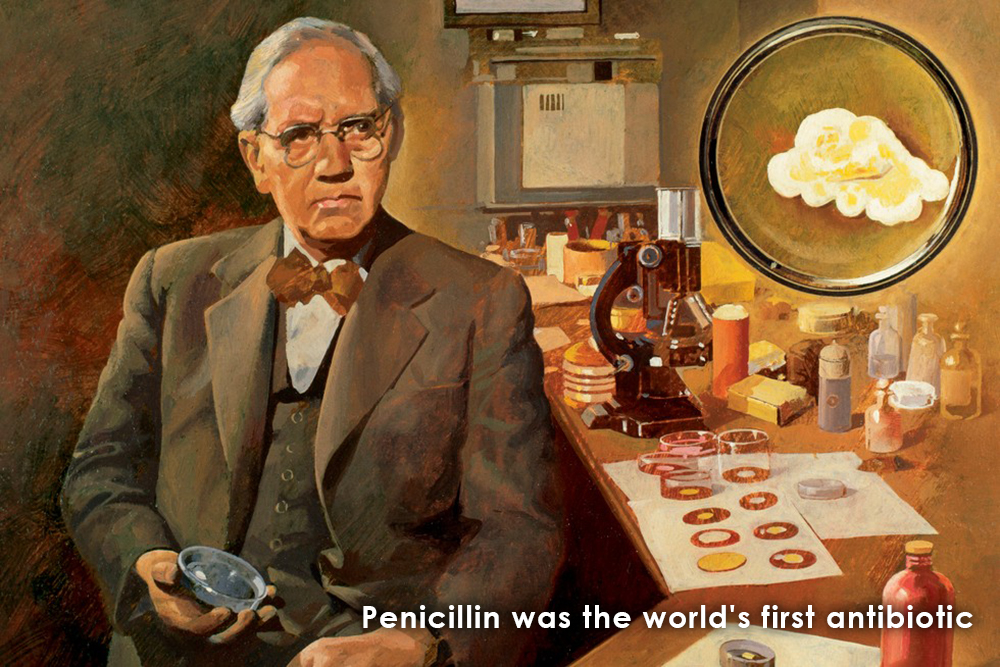
Observation of Mould
Intrigued, Fleming examined the mould more closely and identified it as a strain of Penicillium. He soon realized that the mould was producing a substance that was killing the bacteria. Fleming called this substance penicillin, and he began experimenting with it to see if it could be used to treat infections. He discovered that penicillin was effective against a wide range of bacteria, including the deadly staphylococcus infection.
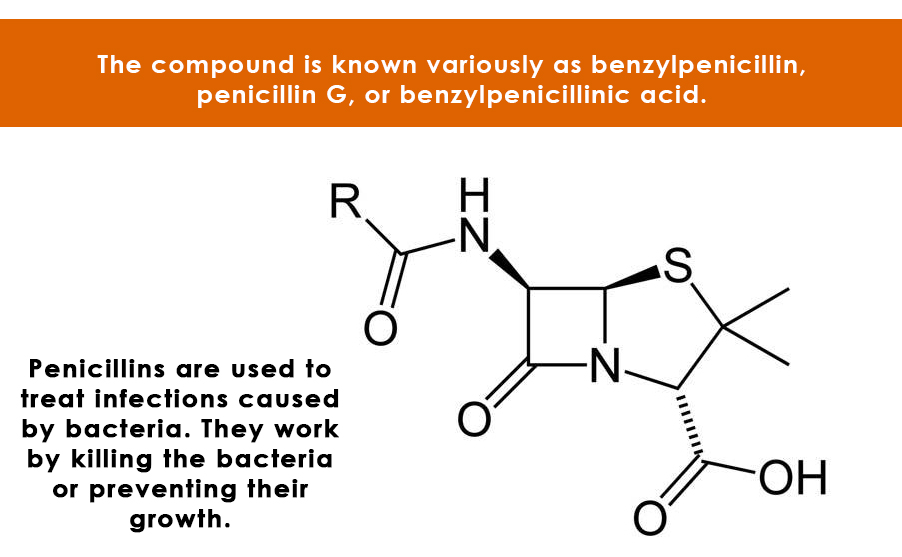
World’s First Antibiotic
Penicillin was the world’s first antibiotic, and it revolutionized medicine. Before its discovery, bacterial infections were often deadly, but now they could be treated with a simple injection of penicillin. The development of penicillin paved the way for the discovery of other antibiotics, and today, antibiotics are used to treat everything from minor cuts and scrapes to life-threatening infections.
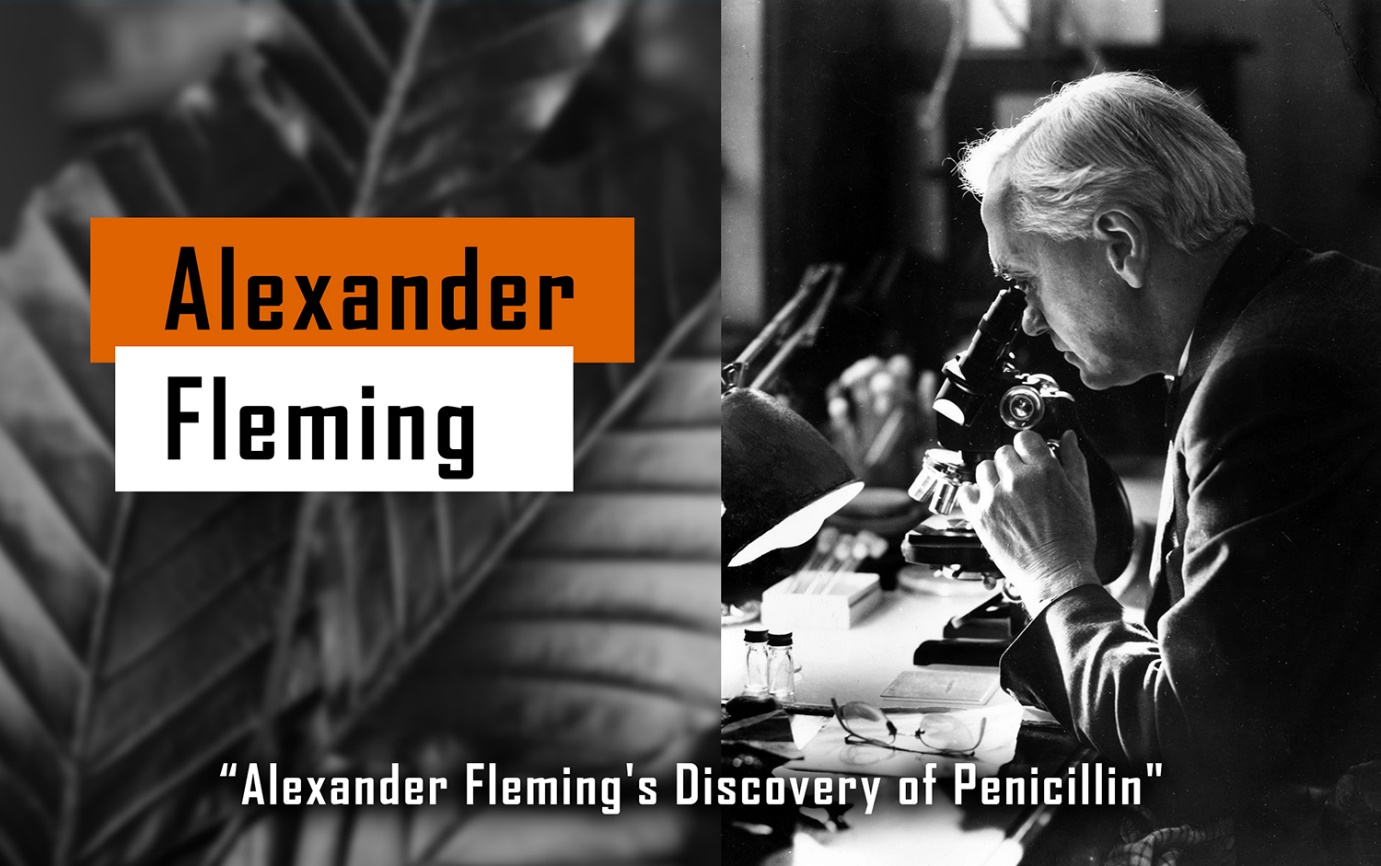
Nobel Prize in Physiology or Medicine
Alexander Fleming’s chance discovery has saved countless lives and changed the face of medicine forever. He received the Nobel Prize in Physiology or Medicine in 1945 for his discovery of penicillin. Fleming’s legacy continues today, as scientists continue to develop new antibiotics to fight antibiotic-resistant bacteria.
Conclusion
So, the next time you take an antibiotic, remember the miracle mould that made it all possible. Alexander Fleming’s discovery of penicillin is a testament to the power of chance discoveries and the importance of scientific research. It is a reminder that sometimes the greatest discoveries can come from the most unexpected places.
About Labkafe
Founded by NIT alumni in 2015, Labkafe quickly became India’s leading manufacturer of laboratory equipment and furniture. With a vision to revolutionize educational supplies, Labkafe has rapidly expanded, enhancing lab infrastructure across the country and beyond, supporting the next generation of scientists.
Contact us for a Free Lab Consultation











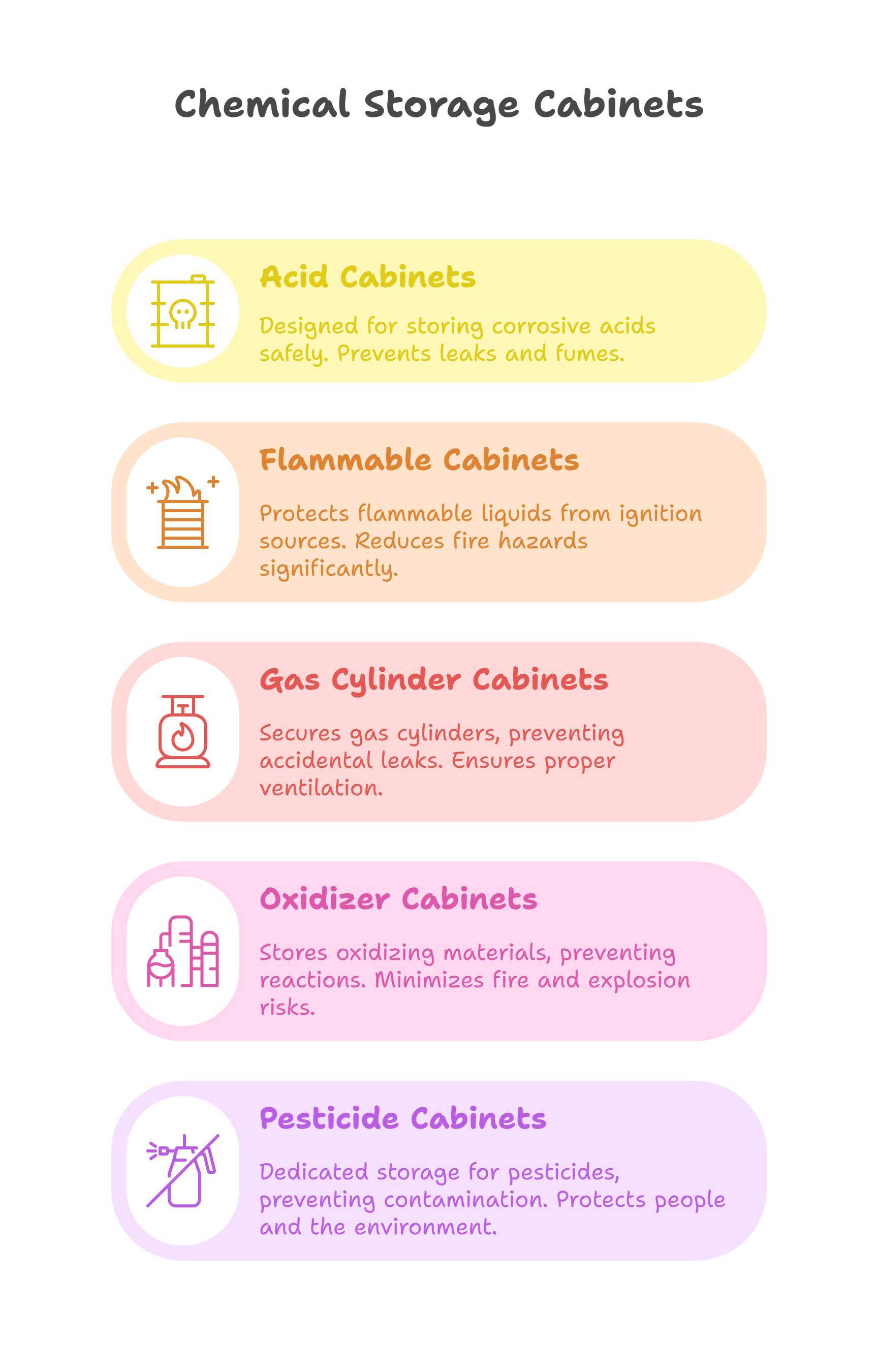
Leave a Reply